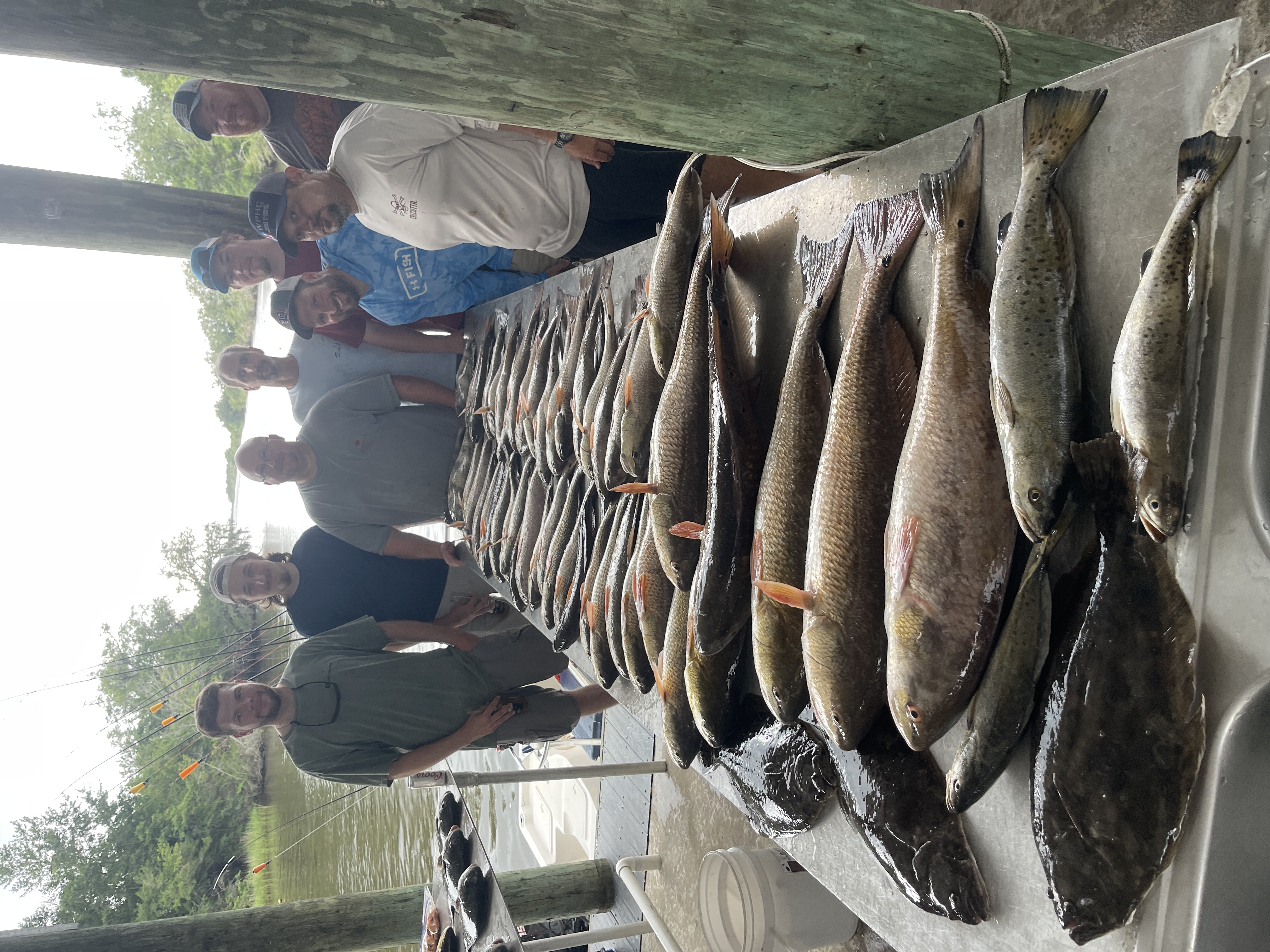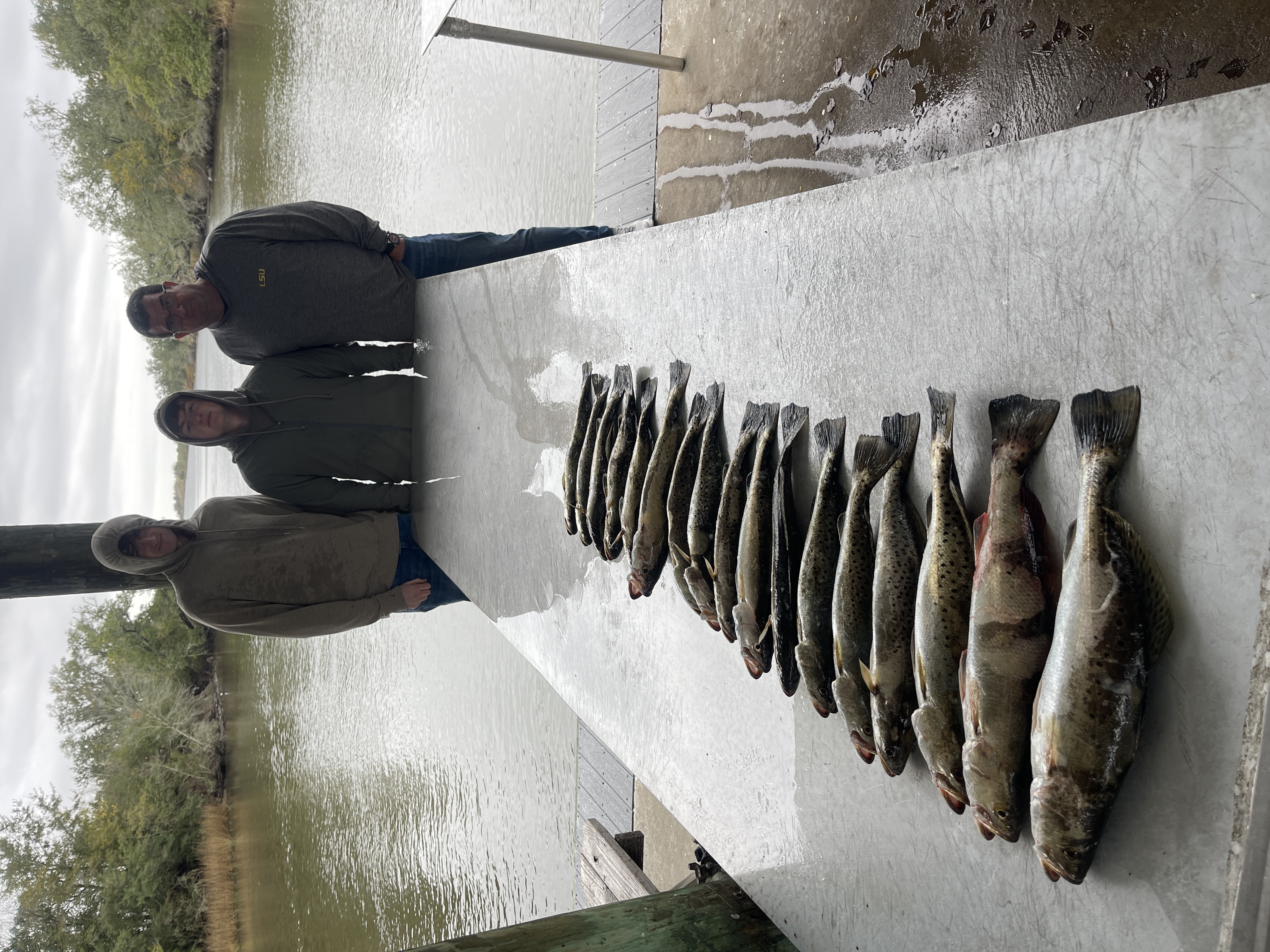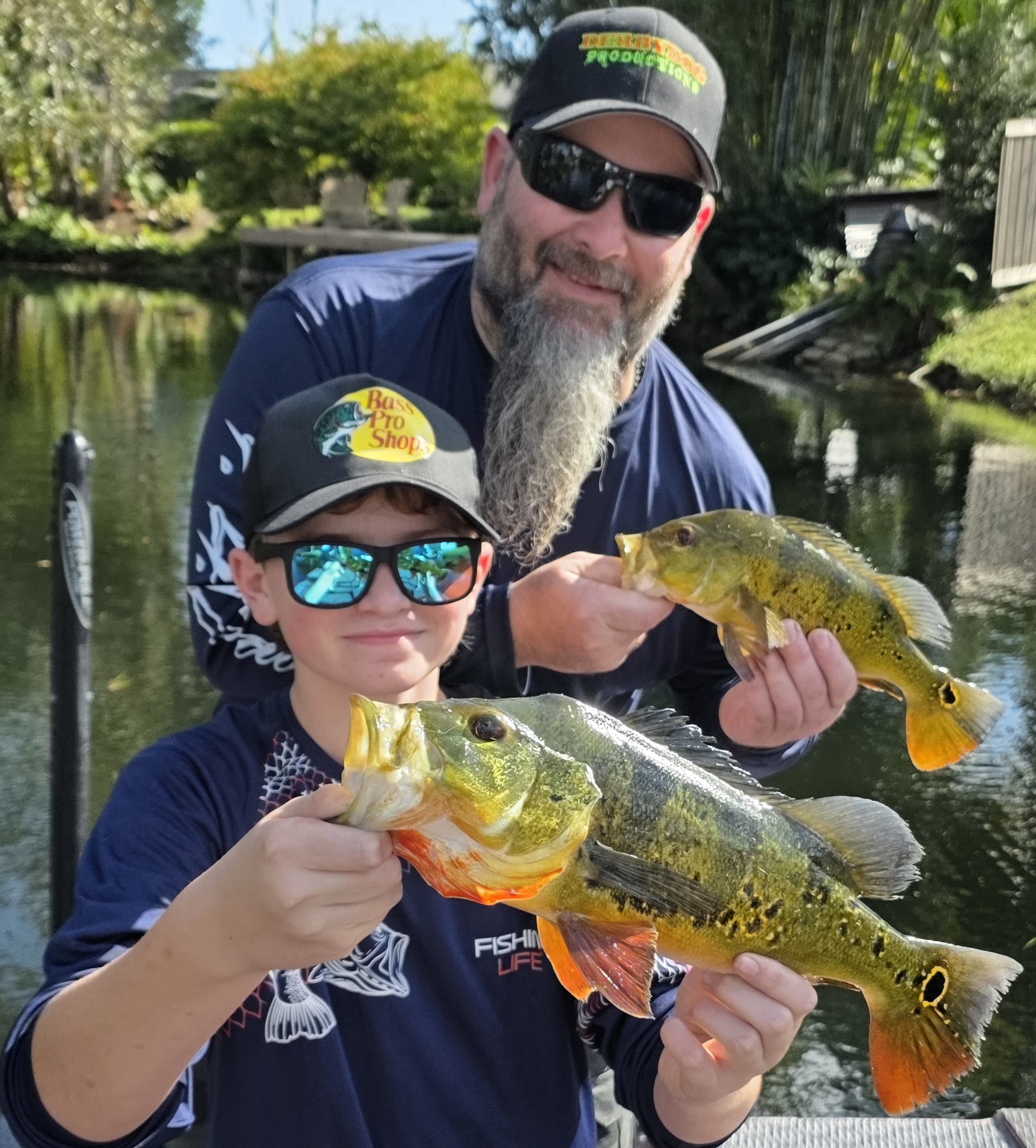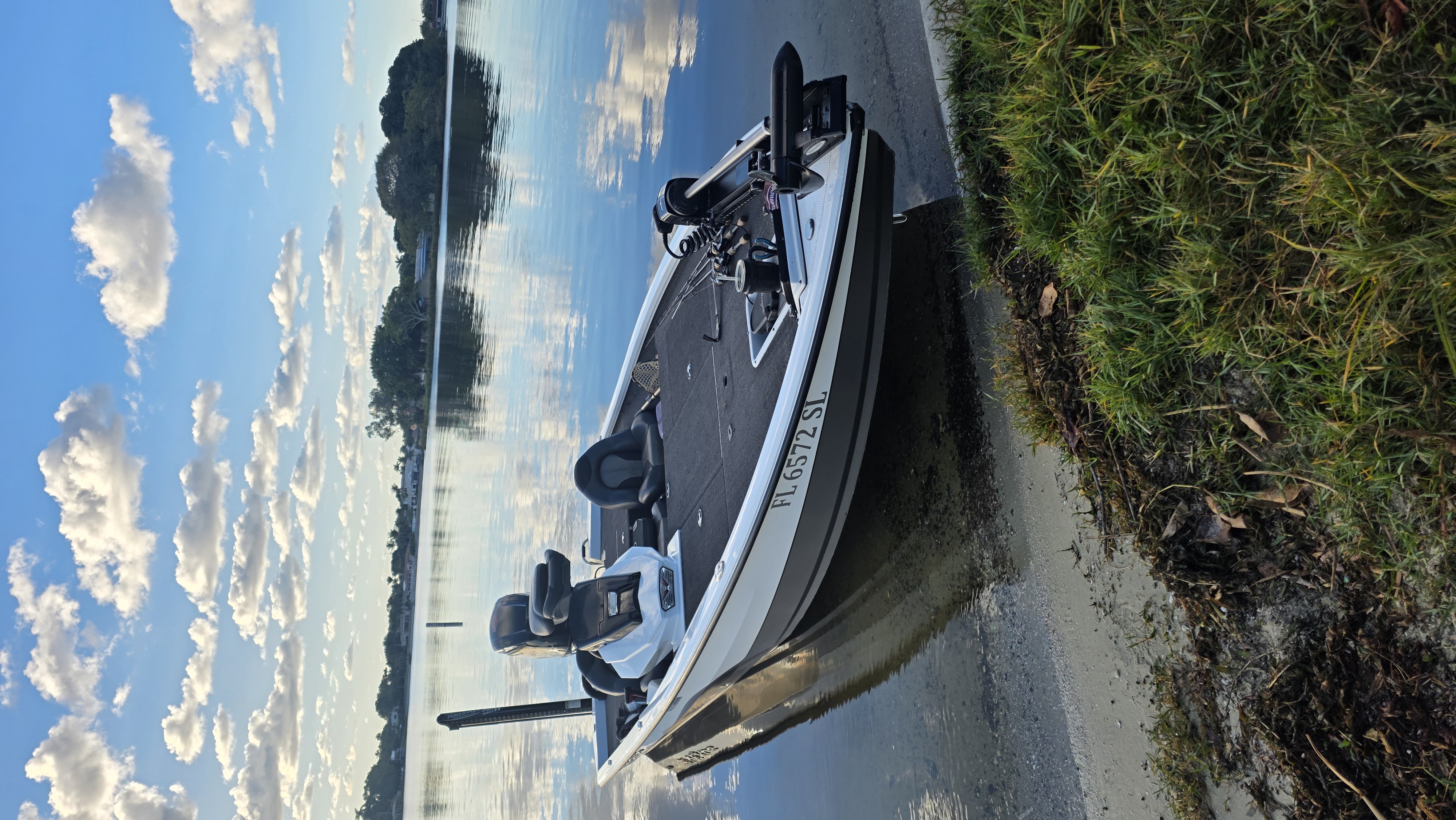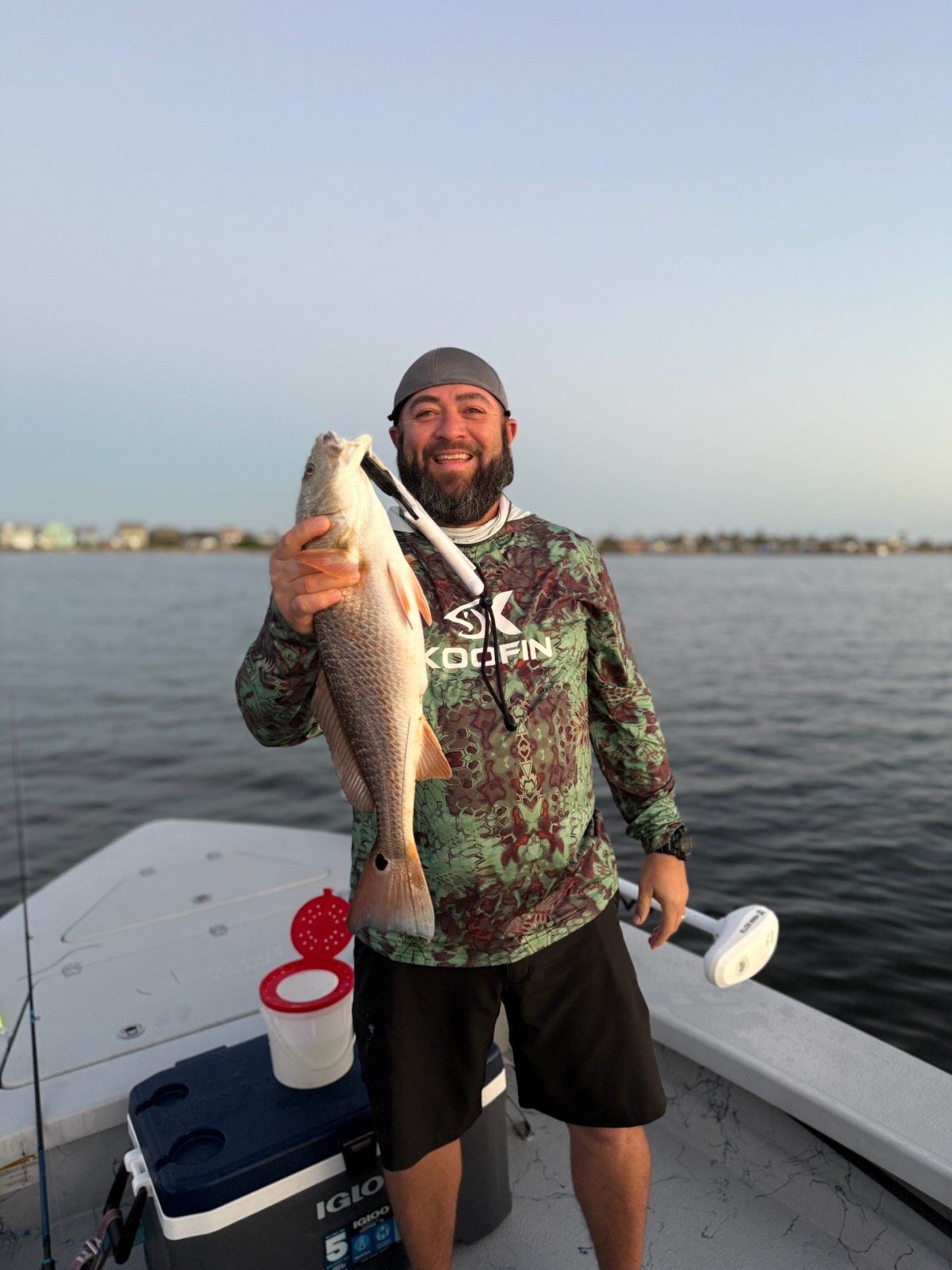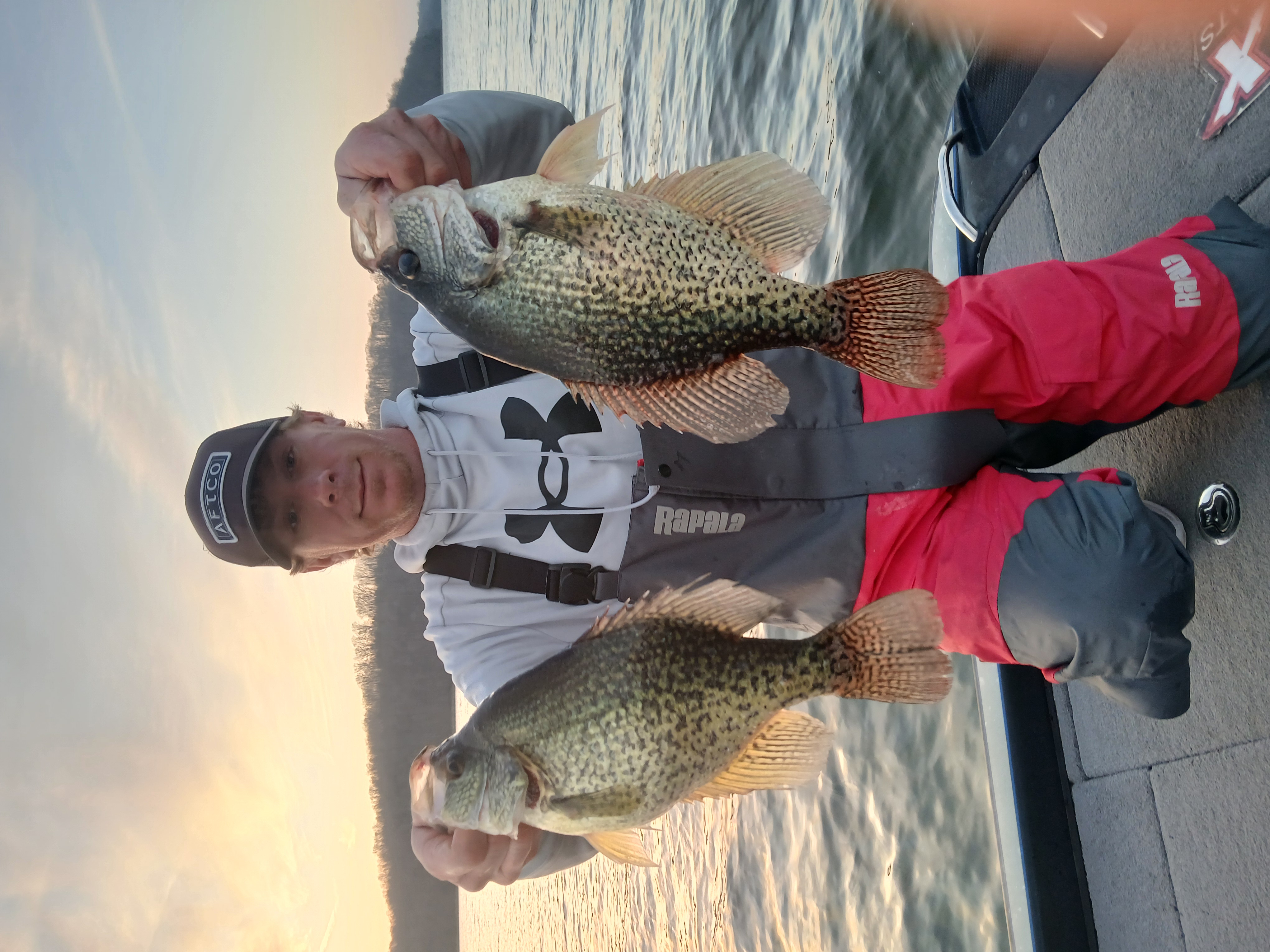Inshore, Lake, Flats in Saint Bernard
Winter Special
Inshore, Nearshore, Flats in Tavernier
Sight Fishing Everglades Natl Park
Miami Peacock (4-8HR)
Lake Ida (4-8HR)
Inshore Fishing in Corpus Christi
Hook, Line & Memories Fishing Trip
Normandy Livescope Crappie Trip
Inshore, Nearshore Fishing in Orange Beach
Spring Break 6 Hour Special Rate
Inshore Fishing Sanibel PineIsland
Inshore, Deep Sea, Nearshore in Tamarindo
27’ Budget-Friendly Fishing
Deep Sea Fishing in Corral del Risco
5-8 Hour Offshore Trip
We started Captain Experiences to make it easy to book fishing and hunting guides around the world. With over 2,000 Damn Good Guides, our platform makes finding and booking a trip seamless. Head here to check out our trips.
Big Fish Are Lazy
The majority of big game fish anglers pursue are predatory in nature. In the simplest terms, these fish eat other fish, and quite often, any small animal that fits in their mouth. While conducting numerous guide interviews, the message “big fish are lazy” was brought to my attention repeatedly. While the mental image of a predatory fish doesn’t initially align with this statement, here’s how it all shakes out.
Eating Habits of Predatory Fish
The trophy sized fish anglers dream about seem to change how they hunt as they get older and bigger. In general, younger fish will hunt in groups or patrol areas waiting scanning for a potential meal. These younger fish are smaller and burn fewer calories while on the hunt. If a particular fish is lucky enough to grow to a substantial size, their hunting style often becomes reserved and calculated.

How Fish Get Big
As fish reach this larger size their movements are more taxing which requires the prey to be worth chasing. For many large fish, this means they stop chasing small prey but instead, wait for a bigger more rewarding opportunity. Steven, a muskie guide in Tennessee, explains that “little muskie will chase baitfish all day, but the trophy musky wait to ambush something bigger. For these fish it’s all about calories in and calories out. They’re lazy but smart.”
Why Big Fish are Lazy
In nature, the next meal is never guaranteed. The only way for a predatory fish to eat enough to grow to an exceptional size is by conserving calories and picking their attempts carefully. These exceptionally large fish balance the perceived effort it would take to catch their prey and the energy they would get from eating it. The biggest predatory fish only strike when an opportunity offers a significantly greater reward than the effort required to get it.
How to Target Trophy Sized Fish
This insight directly translates to targeting these trophy fish with a rod and reel. When selecting bait or lures, the size has to be big enough that it’s worth chasing. The cast should land in an area beyond the where the fish is thought to be to avoid spooking them while also allowing the bait to be retrieved right in front of them. This makes the fish’s decision very low effort and high reward. To locate the best spots where these fish might be hang out, look for cover such as brush or vegetation and don’t assume big fish lurk in deeper waters. On any given body of water, finding good spots takes time but hiring a guide is an easy way to speed up the process.
Joey Butrus
Updated on August 2, 2023

May 13, 2024

June 22, 2022

November 7, 2023

January 7, 2022

April 15, 2022
Related Articles
December 21, 2021
April 6, 2021
September 12, 2022
Featured Locations
- Fishing Charters Near Me
- Austin Fishing Guides
- Biloxi Fishing Charters
- Bradenton Fishing Charters
- Cabo San Lucas Fishing Charters
- Cancun Fishing Charters
- Cape Coral Fishing Charters
- Charleston Fishing Charters
- Clearwater Fishing Charters
- Corpus Christi Fishing Charters
- Crystal River Fishing Charters
- Dauphin Island Fishing Charters
- Daytona Beach Fishing Charters
- Destin Fishing Charters
- Fort Lauderdale Fishing Charters
- Fort Myers Fishing Charters
- Fort Walton Beach Fishing Charters
- Galveston Fishing Charters
- Gulf Shores Fishing Charters
- Hatteras Fishing Charters
- Hilton Head Fishing Charters
- Islamorada Fishing Charters
- Jacksonville Fishing Charters
- Jupiter Fishing Charters
- Key Largo Fishing Charters
- Key West Fishing Charters
- Kona Fishing Charters
- Lakeside Marblehead Fishing Charters
- Marathon Fishing Charters
- Marco Island Fishing Charters
- Miami Fishing Charters
- Montauk Fishing Charters
- Morehead City Fishing Charters
- Naples Fishing Charters
- New Orleans Fishing Charters
- New Smyrna Beach Fishing Charters
- Ocean City Fishing Charters
- Orange Beach Fishing Charters
- Panama City Beach Fishing Charters
- Pensacola Fishing Charters
- Pompano Beach Fishing Charters
- Port Aransas Fishing Charters
- Port Orange Fishing Charters
- Rockport Fishing Charters
- San Diego Fishing Charters
- San Juan Fishing Charters
- Sarasota Fishing Charters
- South Padre Island Fishing Charters
- St. Augustine Fishing Charters
- St. Petersburg Fishing Charters
- Tampa Fishing Charters
- Tarpon Springs Fishing Charters
- Venice Fishing Charters
- Virginia Beach Fishing Charters
- West Palm Beach Fishing Charters
- Wilmington Fishing Charters
- Wrightsville Beach Fishing Charters
